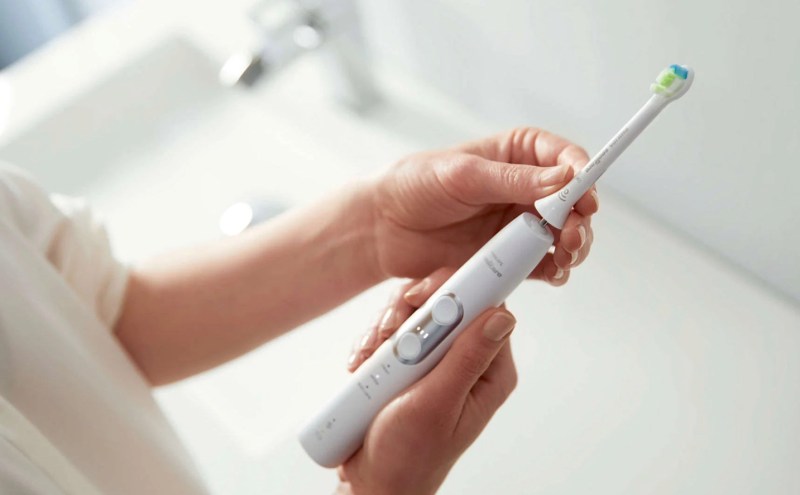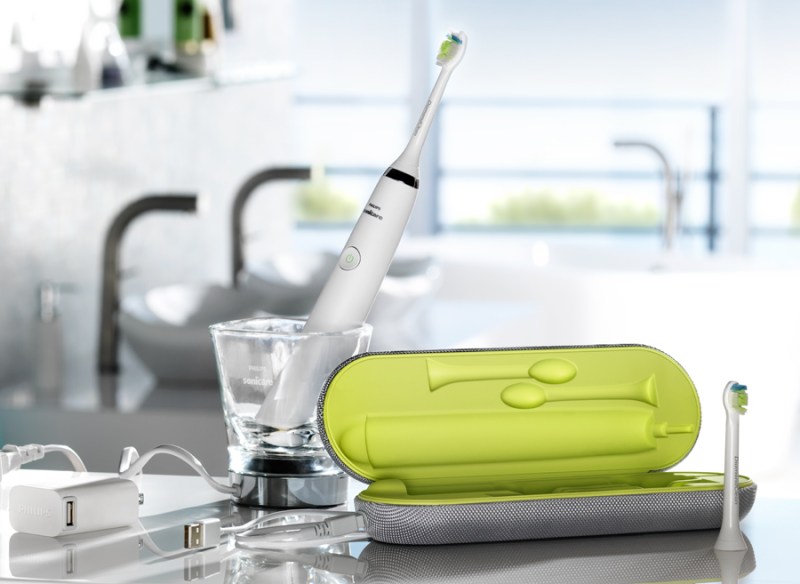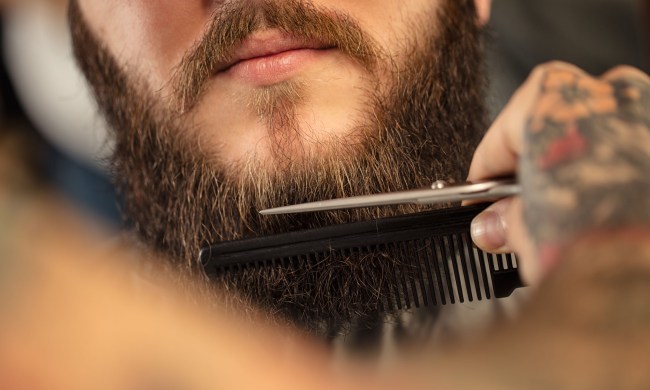
Taking care of your teeth is essential to maintaining good oral hygiene. While a manual toothbrush can get the job done, an electric toothbrush can provide a deeper clean and take some guesswork out of brushing.
If you’re new to using an electric toothbrush, don’t worry! With a bit of practice, you’ll soon become a pro. In this guide, we’ll share some expert tips on using an electric toothbrush to get the most out of your brushing routine.

How to use an electric toothbrush
There are several differences between an electric toothbrush and a manual one, so it’s crucial to re-learn your brushing routine when switching to an electric toothbrush. But before we hop into those, choosing the right brush is essential. Dr. Tina Saw, CEO of Oral Genome, stresses the importance of purchasing an electric toothbrush with the American Dental Association (ADA) seal of approval. These have been scientifically proven to reduce the risk of gum disease and other oral health problems. Be sure to choose one with soft bristles.
Now that you have yours picked out let’s look at how to use it properly!
Brush in quadrants
To thoroughly clean your mouth while brushing, divide it into four quadrants and devote 30 seconds to brushing each section. Since you clean smaller sections of your mouth one at a time, this technique can help you stay focused, which reduces the risk of missing an area.
Ensure you brush the outside, inside, and the tops of all your teeth. Your molars, in particular, can be particularly susceptible to cavities because of their ridges, so spend an extra few seconds on them.
Brush for at least 2 minutes twice per day.
While saving time with an electric toothbrush might seem possible, our experts don’t recommend it. Using an electric toothbrush is supposed to help you do a better job, and if you don’t put in the effort, neither can your toothbrush. A patchy job can lead to all kinds of oral health issues, so take your time to clean all surfaces of your teeth and gums thoroughly.
Some electric toothbrushes have a 2-minute setting and can beep every 30 seconds, completely removing the guesswork from brushing. With this feature, you can efficiently devote time to each quadrant of your mouth.
Brush at a 45-degree angle.
When you brush at a 45-degree angle, the toothbrush’s bristles can reach more areas of your teeth and gums, including the spaces between your teeth and the gum line. This helps to remove plaque, that sticky yellow substance that can lead to gum disease and tooth decay over time.
An electric toothbrush can be particularly effective at removing plaque because it vibrates or rotates the bristles, creating a more thorough cleaning action than you might achieve with a manual toothbrush.
Use a gentle circular or back-and-forth motion
Even if you use an electric toothbrush, the rotating head isn’t enough to give you that stunning smile you’re looking for. Experts like Dr. Alexa Martin, D.M.D. recommend a circular or a back-and-forth motion when brushing your teeth. This will help you dislodge food and bacteria from all of the crevices, and you’ll be able to reach all those challenging places, like the very back and behind your front teeth.
It also helps to stimulate your gums, promoting blood flow to keep your teeth happy and healthy, but be sure not to press too hard! If you habitually grind the bristles into your teeth, you might experience structural damage or scratched enamel. An electric toothbrush can help you out with that! They are equipped with a ton of different technological perks. For example, some will stop spinning if you press down too hard.
Rinse the brush and let it air dry after use
Think about it: brushing with a dirty brush isn’t clean much. To help your toothbrush last longer, rinse it off and let it air dry after every use. Rinsing removes toothpaste or debris accumulated during brushing, protecting you from all kinds of nasty. If you don’t do this step, bacteria can ruin the hygienic experience of brushing your teeth.
Replace your brush head often
Dr. Sean Kutlay warns that frayed bristles harm brushing because they’re far less effective at removing plaque. It can even irritate and cause gums to bleed. That’s why you should replace your brush head every 1-3 months. The second you notice your bristles fraying, it’s time for a switch.

An electric toothbrush effectively maintains good oral hygiene and keeps your teeth and gums healthy. Overall, electric toothbrushes are designed to take the guesswork out of brushing. Getting a great smile with a manual toothbrush is still possible, but if you struggle with being thorough, an electric toothbrush might be the best option for you. By following the proper technique and guidelines, you can maximize the benefits of this modern toothbrush technology and enjoy a bright, happy smile for years to come.



